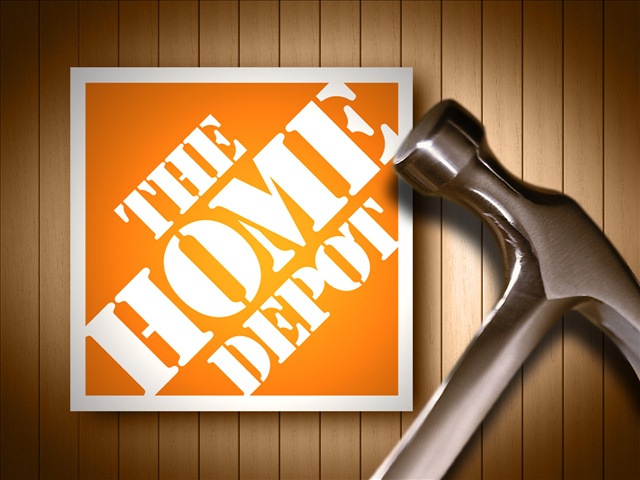
The Home Depot – Interconnected Retail Strategy – April 2013
It all began with the challenge by the Chief Marketing Officer of Home Depot, Trish Mueller. She asked, “How should we be thinking about leveraging our stores to bridge the gap effectively from the eyes of the consumer both online and offline?” The methodology for answering such a question would first start with interviews with many of the stakeholders, store managers, merchandisers, associates and even customers. What may be said in interview may or may not align with observations which we would have in the real world. Over the next few weeks my team observed customer interactions from in-store displays, kiosks and even their interactions at the customer service and help desks. We even conducted a multitude of service safaris. In which we engaged in several in-store visits to experience the shopping challenges directly. I enlisted my team to perform various in store tasks and report the results. For comparison, we did the same with the competition. What we discovered was an organization that may have attempted to interconnect the online and off-line experience but was disconnected from within their own organization. Many of the store associates and managers had a completely different view of store operations, merchandising, and authority they had with the customer engagement than the executive leadership.
The next step of our journey entailed creating a future state of the Home Depot, one that would bridge the divide between the physical and virtual worlds. We begin with the simplest point of view approach exercise, which was troubleshooting a leaky faucet. The journey began in identifying the problem utilizing a mobile device. From home depot repair repository you’re able to find a replacement faucet which happened to be in stock a local Home Depot store. As we transverse the store using our mobile device as a guide to the product in which we sought, we were also reminded to replace our homes filters. This is known as a way finding/cross-selling opportunity. By having personal information on your consumer base in comparison with buying habits; one could surmise what products may be needed within a timely fashion, and thus present the data to the client in which they can make a reasonable buying decision. Expanding the automated help offerings, the sales associate was able to dial a professional to get more information on the part we need it. The professional, remotely located, was able to see the part from the associates cell phone. After reviewing many such personalized journeys, it became apparent to the Home Depot that the value of user engagement in association with big data personalization and leveraging mobile technologies was very important if they were to truly to give the customer a seamless retail experience.
Lastly, we performed an analysis on barriers to their automated checkout system. The kiosks and merchandising did not really allow for a customer to check out. It merely referred them to an online shopping experience for product to be delivered. Through the use of mobile, enhanced kiosks, a more functional product tagging system, and a better POS environment we showed how a customer could have an overall better customer experience which would result in them purchasing more product, more often and be more likely to refer a friend.
The next step in our engagement process would be the redesign of a store category in a pilot location. In which we would build both the experience and supporting technologies to enhance the overall customer experience.
